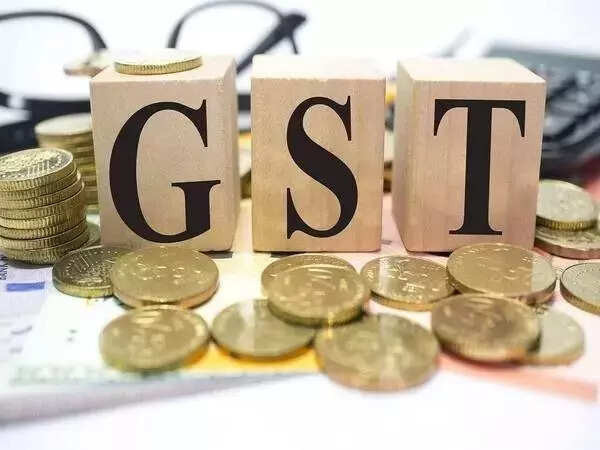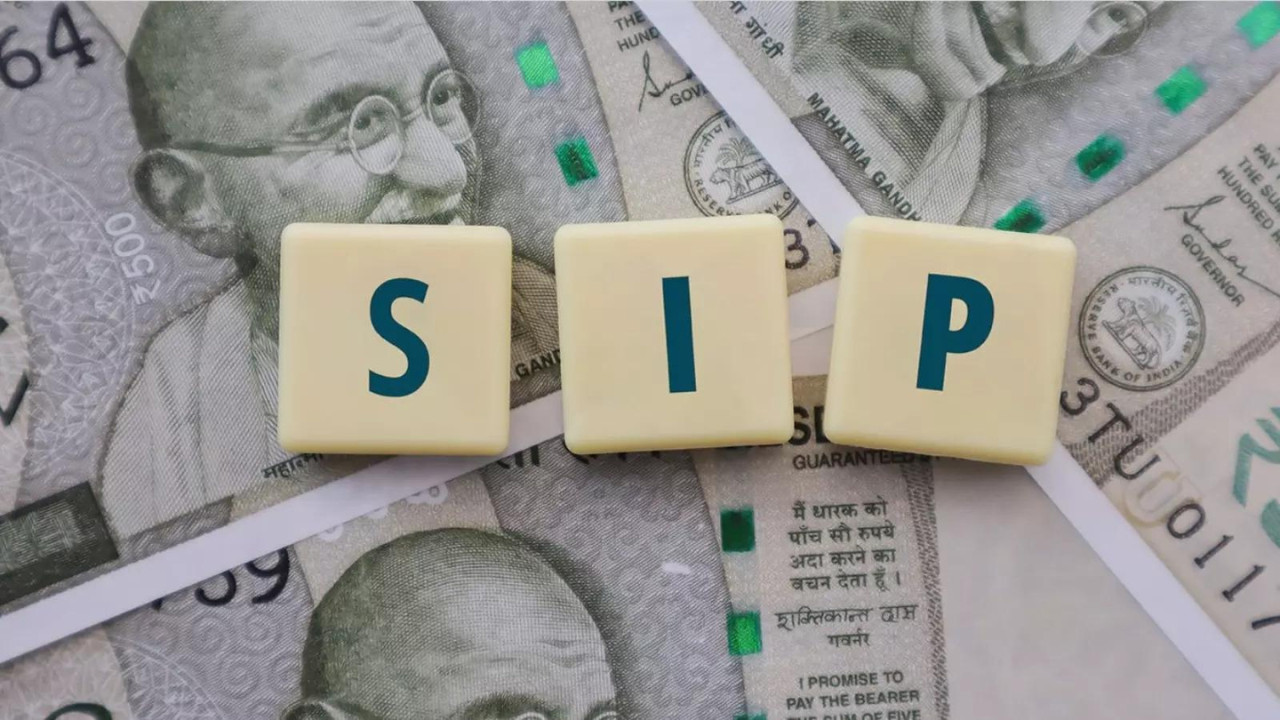GST Collections: A Bird’s-Eye View of India’s Economic Health
The monsoon season is upon us, and just as the rains nourish the land, so too does the Goods and Services Tax (GST) nourish the national exchequer. July has brought in a cool ₹1.65 lakh crore in GST revenue, marking a 7.5% jump compared to the same period last year. While any growth is good news, this figure warrants a closer look. Is this a gentle drizzle of economic progress, or are we on the cusp of a more substantial downpour?
The numbers, released recently, paint a somewhat nuanced picture. While the ₹1.65 lakh crore is certainly a hefty sum, the growth rate itself is noticeably slower than the 11% increase seen in July 2023. This slowdown invites us to ponder: what factors are at play here? Are we seeing a plateau in consumer spending, or are there other, more subtle shifts happening within the Indian economy?
One interpretation is that the Indian economy is maturing. The initial surge in GST collections following the tax reform has subsided, giving way to a more sustainable, albeit slower, growth trajectory. Think of it like a young sapling shooting up rapidly, eventually settling into a steadier, more deliberate pace of growth as it matures into a strong tree.
Analyzing the GST Collection Details
The GST collections comprised ₹29,773 crore as Central GST (CGST), ₹37,927 crore as State GST (SGST), and ₹84,172 crore as Integrated GST (IGST). IGST includes ₹41,233 crore collected on imports. Additionally, the cess amounted to ₹13,384 crore, including ₹1,009 crore collected on imports.

These figures offer a deeper understanding of the GST landscape. The healthy IGST numbers, particularly those related to imports, suggest that India’s trade activity remains robust. This is an encouraging sign, signaling that the nation continues to be a significant player in the global marketplace. However, the relatively smaller growth in CGST and SGST warrants attention. Are there regional variations in economic activity that are impacting state-level collections? This is a question that policymakers will undoubtedly be examining closely.
Factors Influencing GST Growth
Several factors could be contributing to the current GST trend. Global economic headwinds, fluctuating commodity prices, and evolving consumer behavior all play a role in shaping India’s economic performance. While India has shown remarkable resilience in the face of global uncertainty, it is not entirely immune to these external pressures.
Domestically, the monsoon season itself can impact economic activity, particularly in rural areas where agriculture is a major driver. Reduced agricultural output or disruptions to supply chains can ripple through the economy, affecting GST collections.
Furthermore, it is essential to consider the base effect. Comparing current GST collections to the relatively high figures of the previous year naturally results in a lower growth percentage. This is a statistical phenomenon that needs to be taken into account when interpreting the data.
The Road Ahead for GST Revenue
Looking ahead, maintaining momentum in GST collections will be crucial for supporting government spending and infrastructure development. The GST Council will likely continue to refine the tax structure, address any remaining anomalies, and explore ways to enhance compliance.
The ongoing efforts to simplify GST processes and promote digitalization are also expected to contribute to increased efficiency and revenue generation. The government’s focus on infrastructure development, particularly in areas like transportation and logistics, should also help to boost economic activity and, consequently, GST collections. For example, you can read about how previous infrastructure investments have had an impact on the economy.
Ultimately, the future trajectory of GST revenue will depend on a confluence of factors, both domestic and global. While the recent slowdown in growth may raise some eyebrows, the overall picture remains positive. India’s economic fundamentals are strong, and the GST regime has proven to be a robust and effective tool for revenue mobilization.
The long-term success of GST hinges on continued vigilance, adaptability, and a commitment to fostering a business-friendly environment. Only then can we ensure that this vital source of revenue continues to fuel India’s economic growth and development.







